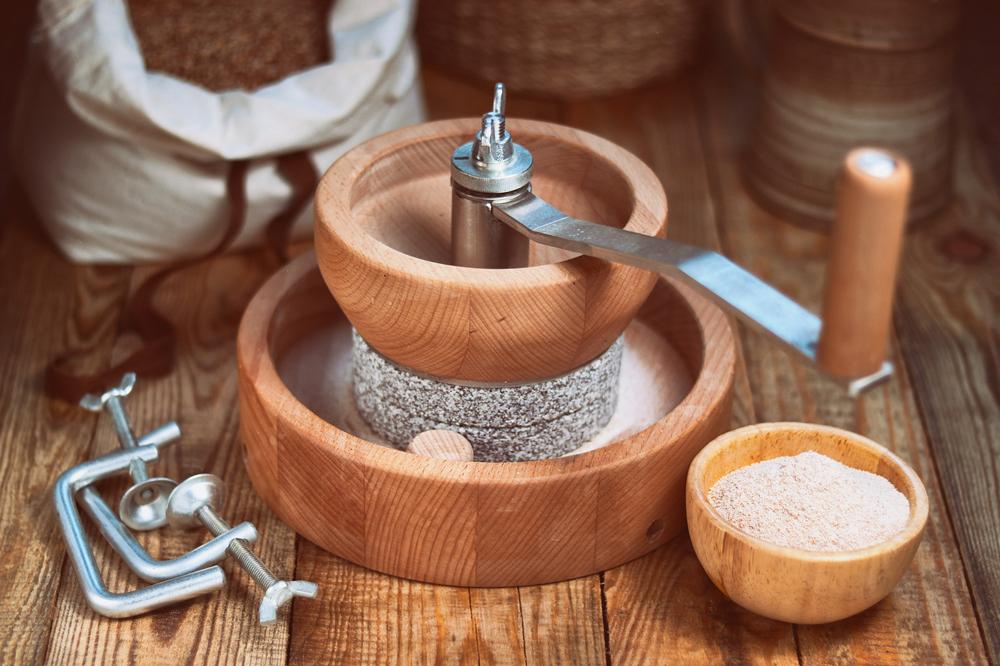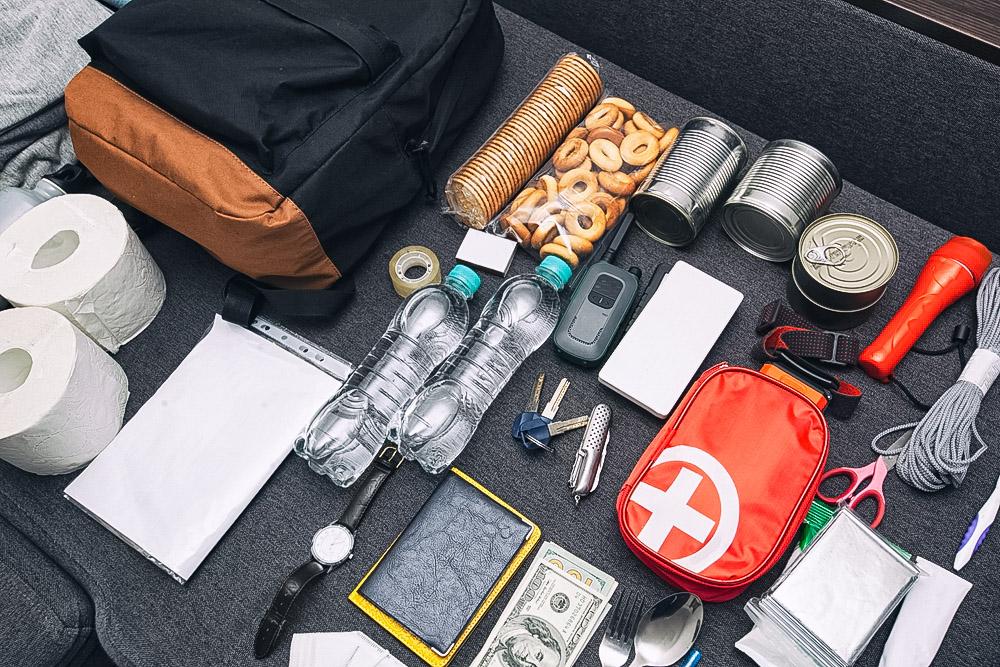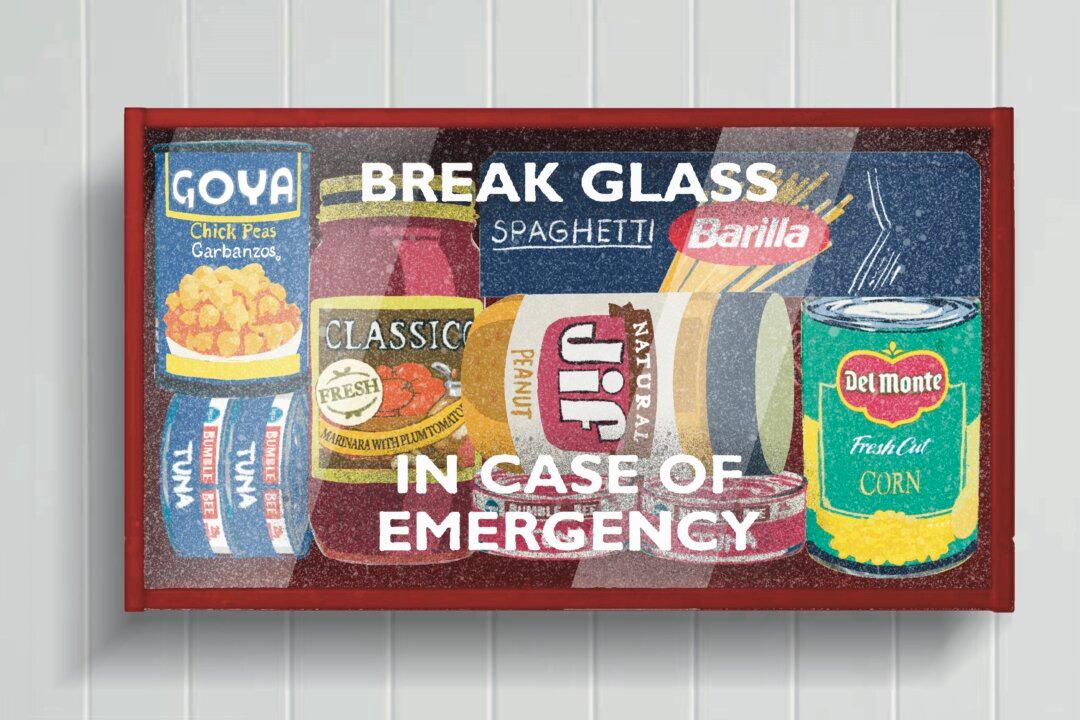When it comes to emergency food storage, there are no “one size fits all” guidelines. More than a few people have ended up with strange foods in their closets and cupboards they don’t know what to do with. Germade, textured vegetable protein, and ABC soup mix are all featured on many well-meaning food storage lists.
The trick to assembling a supply of food for emergencies that is just right for your family is to be aware of long-standing myths that many people accept without question.





